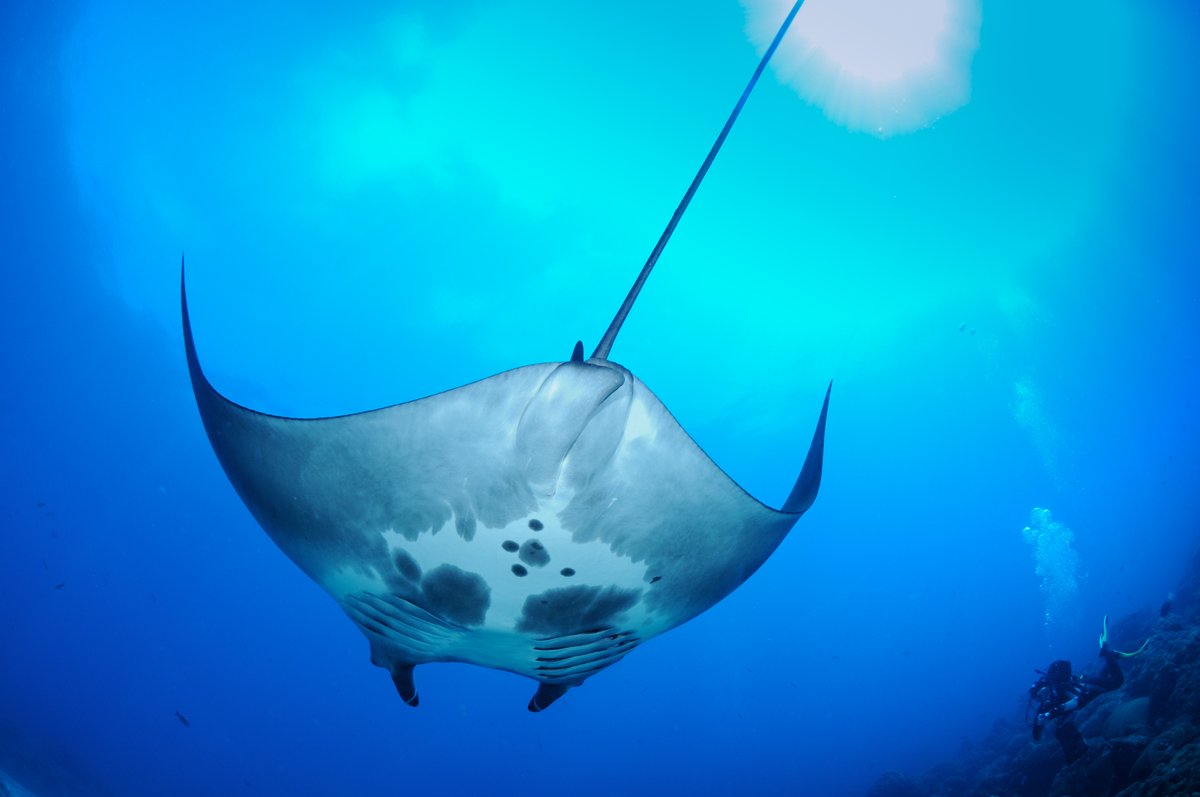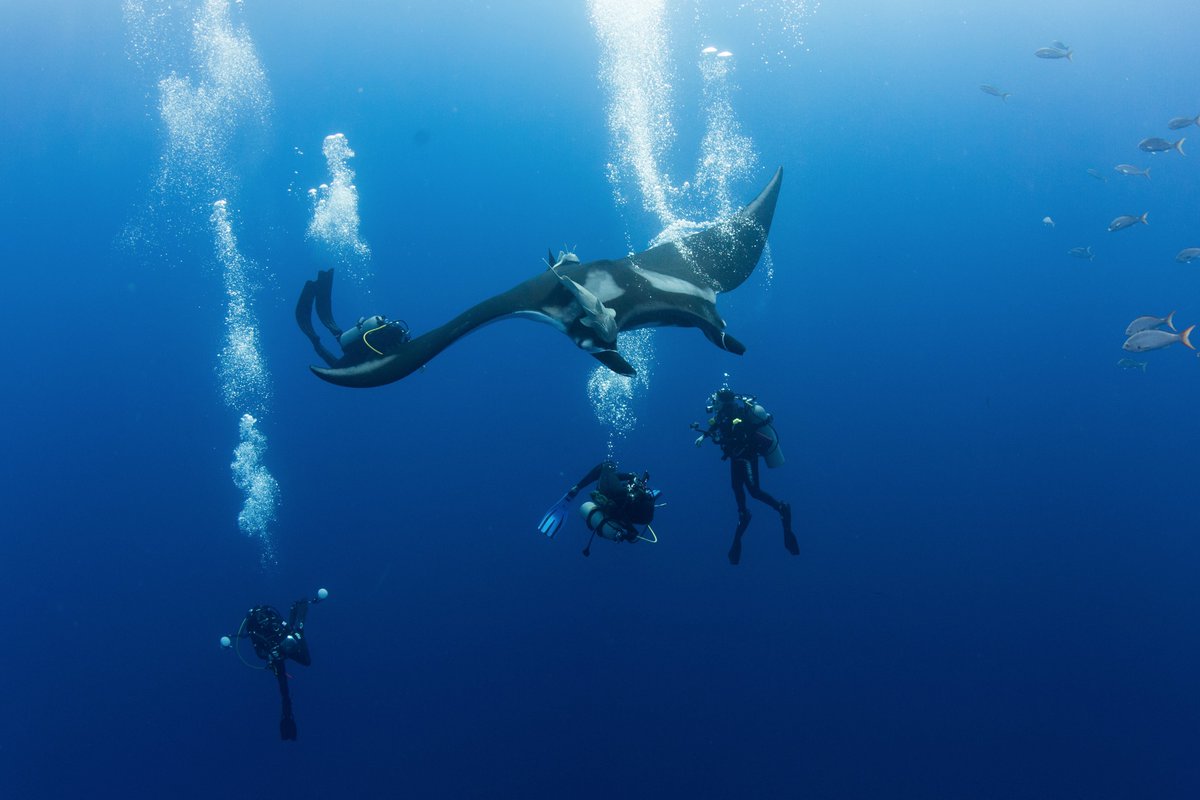We know there are a lot of kiddos at home, so we& #39;ll be sharing some fun educational content over the next few weeks that can keep them – and you! – inspired.
Follow along every day for factoids and links to more content. #CreatureFeature
Follow along every day for factoids and links to more content. #CreatureFeature
First up: Did you know that a large number of leopard sharks congregate off La Jolla nearly every summer? Scripps scientist @AndrewNosal found that most of the #sharks are pregnant, and they may be drawn to the warm, shallow water to help incubate their young. #CreatureFeature
Looking for more #shark content? We& #39;ve got an entire YouTube playlist. Tune in below! https://www.youtube.com/playlist?list=PLHy4NEP75tDk_-wpEDDhvUBQYKKkU5sK8">https://www.youtube.com/playlist...
Leopard sharks have very small teeth that are used to feed primarily on bottom-dwelling invertebrates (like crabs, shrimp, clams, and octopus) and small fish. They are harmless to humans; in fact, many people visit #LaJolla for the chance to see them in the wild! #CreatureFeature
Tip: Check out @Birch_Aquarium’s Kelp Cam to view a live stream of its Kelp Forest habitat. You can see leopard sharks and many other marine creatures found off the #SanDiego coast. #CreatureFeature https://aquarium.ucsd.edu/kelpcam ">https://aquarium.ucsd.edu/kelpcam&q...
In today& #39;s #CreatureFeature, we& #39;re discussing the number of known shark species.  https://abs.twimg.com/emoji/v2/... draggable="false" alt="🦈" title="Shark" aria-label="Emoji: Shark"> So how many are there? Over 440!
https://abs.twimg.com/emoji/v2/... draggable="false" alt="🦈" title="Shark" aria-label="Emoji: Shark"> So how many are there? Over 440!  https://abs.twimg.com/emoji/v2/... draggable="false" alt="🤯" title="Exploding head" aria-label="Emoji: Exploding head"> From this small brown #catshark...
https://abs.twimg.com/emoji/v2/... draggable="false" alt="🤯" title="Exploding head" aria-label="Emoji: Exploding head"> From this small brown #catshark...
...to the whale shark, the largest fish on the planet. #WhaleSharks can reach lengths of 40 feet or more, with the largest on record measuring in at nearly 62 feet! These large filter feeders live in the warm waters of tropical oceans around the world. #CreatureFeature
In today’s fun #CreatureFeature we’re highlighting the already brightly-colored #garibaldi, California’s state fish. The largest of the damselfish family, they are found from Central California down to Baja California in mostly kelp forest and other rocky reef habitats.
Garibaldi get their name from an Italian leader whose army wore brightly colored reds and oranges into battle.  https://abs.twimg.com/emoji/v2/... draggable="false" alt="🔶" title="Large orange diamond" aria-label="Emoji: Large orange diamond"> These fish are highly territorial, and the males will boldly attack much larger fish (and even humans!) to protect their nesting sites. #CreatureFeature
https://abs.twimg.com/emoji/v2/... draggable="false" alt="🔶" title="Large orange diamond" aria-label="Emoji: Large orange diamond"> These fish are highly territorial, and the males will boldly attack much larger fish (and even humans!) to protect their nesting sites. #CreatureFeature
Juveniles are more red-orange in color with bright blue iridescent spots, which they lose as adults. Garibaldi are fully protected in California state waters, making it illegal to catch and keep them. #CreatureFeature #BabyFish
A moment of deep-sea serenity via today& #39;s #CreatureFeature. This giant hydroid, Branchiocerianthus, was found at 2,400 meters (1.5 miles) deep off Western Australia. Researchers, including Scripps’ Greg Rouse, made the discovery during a recent ROV dive led by @SchmidtOcean.
Hydroids are related to corals and jellies. Most #hydroids are tiny and live in colonies, but Branchiocerianthus is a spectacular solitary giant – a master of #SocialDistancing. View deep-sea footage from @SchmidtOcean& #39;s ROV dive here: ">https://youtu.be/_Ebtjj7Dd... #CreatureFeature
The tentacles catch prey, and the white spherical structures near the center are reproductive cells. Giant hydroids have never been observed in Australian waters before, so this one might be a new species. #CreatureFeature #NingalooCanyons
Embrace your inner artist with @Birch_Aquarium& #39;s new coloring pages. Learn a fact about our ocean world & decompress while you (or the kids) create a masterpiece. Download here: https://bit.ly/BAScoloringpagesu2029https://bit.ly/BAScolori... class="Emoji" style="height:16px;" src=" https://abs.twimg.com/emoji/v2/... draggable="false" alt="🎨" title="Artist palette" aria-label="Emoji: Artist palette"> Tag @Birch_Aquarium with your completed work! #ColoringWithBirchAquarium
Today& #39;s #CreatureFeature focuses on #SeaTurtles! These reptiles of the sea can be found in all oceans except for the polar regions. There are seven species of sea turtles: green, leatherback, loggerhead, Kemp& #39;s ridley, olive ridley, hawksbill (pictured here), and flatback.  https://abs.twimg.com/emoji/v2/... draggable="false" alt="🌊" title="Water wave" aria-label="Emoji: Water wave">
https://abs.twimg.com/emoji/v2/... draggable="false" alt="🌊" title="Water wave" aria-label="Emoji: Water wave"> https://abs.twimg.com/emoji/v2/... draggable="false" alt="🐢" title="Turtle" aria-label="Emoji: Turtle">
https://abs.twimg.com/emoji/v2/... draggable="false" alt="🐢" title="Turtle" aria-label="Emoji: Turtle">
Green sea turtles are found in subtropical and tropical seas worldwide. These large, endangered creatures have even been spotted in San Diego Bay and off #LaJolla (shown here). An average adult reaches 3-4 feet in length and weighs 300-350 pounds! #CreatureFeature #GreenSeaTurtle
Loggerhead sea turtles are found worldwide in warm oceans. @Birch_Aquarium has cared for a rescued #Loggerhead since 2014. The turtle was originally discovered injured near a New Jersey power plant and after rescue was deemed non-releasable. She is now thriving! #CreatureFeature
In 2017, @Birch_Aquarium & the Digital Media Lab at @ucsdlibrary teamed up to create a #3Dprinted brace to support the sea turtle& #39;s damaged shell. See how this creative use of technology will help the #LoggerheadSeaTurtle as she grows: https://youtu.be/GSX1K6wejx8 ">https://youtu.be/GSX1K6wej... #CreatureFeature
It’s #WhaleWednesday! Today& #39;s #CreatureFeature focuses on these beloved – yet sometimes elusive and barely understood – animals. Whales, dolphins, and porpoises are known collectively as "cetaceans," and there are almost 90 known species.
Gray #whales make one of the longest annual migrations of any mammal, traveling about 10,000–14,000 miles round trip. From Dec. through April, approx. 20,000 gray whales pass San Diego on their annual journey from the Bering Sea to the lagoons of Baja California. #CreatureFeature
Blue #whales can grow up to 110 feet and weigh more than 330,000 pounds. Scientists at @Stanford and Scripps recently captured the first-ever recording of a blue whale’s heart rate in the wild. It ranged as low as 2 beats per minute and as high as 37. #CreatureFeature
Interested in learning more about whales and hearing the sounds made by different species? Check out “Voices in the Sea,” an interactive website by Scripps’ Whale Acoustics Lab, and have a listen. #CreatureFeature http://voicesinthesea.ucsd.edu"> http://voicesinthesea.ucsd.edu
Still feeling inspired by whales? Get creative with one of @Birch_Aquarium& #39;s new coloring sheets, including this whales of #SanDiego sheet. Download here: https://bit.ly/BAScoloringpages">https://bit.ly/BAScolori...  https://abs.twimg.com/emoji/v2/... draggable="false" alt="🐋" title="Whale" aria-label="Emoji: Whale">
https://abs.twimg.com/emoji/v2/... draggable="false" alt="🐋" title="Whale" aria-label="Emoji: Whale">
We want to see your finished masterpiece! Tag #BirchAquarium #ColoringWithBirchAquarium https://abs.twimg.com/emoji/v2/... draggable="false" alt="🎨" title="Artist palette" aria-label="Emoji: Artist palette">
https://abs.twimg.com/emoji/v2/... draggable="false" alt="🎨" title="Artist palette" aria-label="Emoji: Artist palette">
We want to see your finished masterpiece! Tag #BirchAquarium #ColoringWithBirchAquarium
The majestic #MantaRay is today& #39;s #CreatureFeature! There are two distinct species: the reef manta ray, which tends to live along coastlines in the Indo-Pacific, and the giant oceanic manta ray, which lives in oceans around the world, spending most of its life far from land.
Manta rays are the largest rays in the world. Reef mantas have an impressive wingspan of about 11 feet wide on average, while giant oceanic mantas—the largest species of ray—can have a wingspan of up to 23 feet. (Photo of a giant oceanic manta by alum @J0shStwrt) #CreatureFeature
We& #39;re still uncovering the secrets of mantas. While a PhD student at Scripps, @J0shStwrt discovered the world& #39;s first known manta ray nursery in 2018. It& #39;s located in the Gulf of Mexico at @fgbnms, one of 15 federally designated underwater areas protected by NOAA @sanctuaries.

 Read on Twitter
Read on Twitter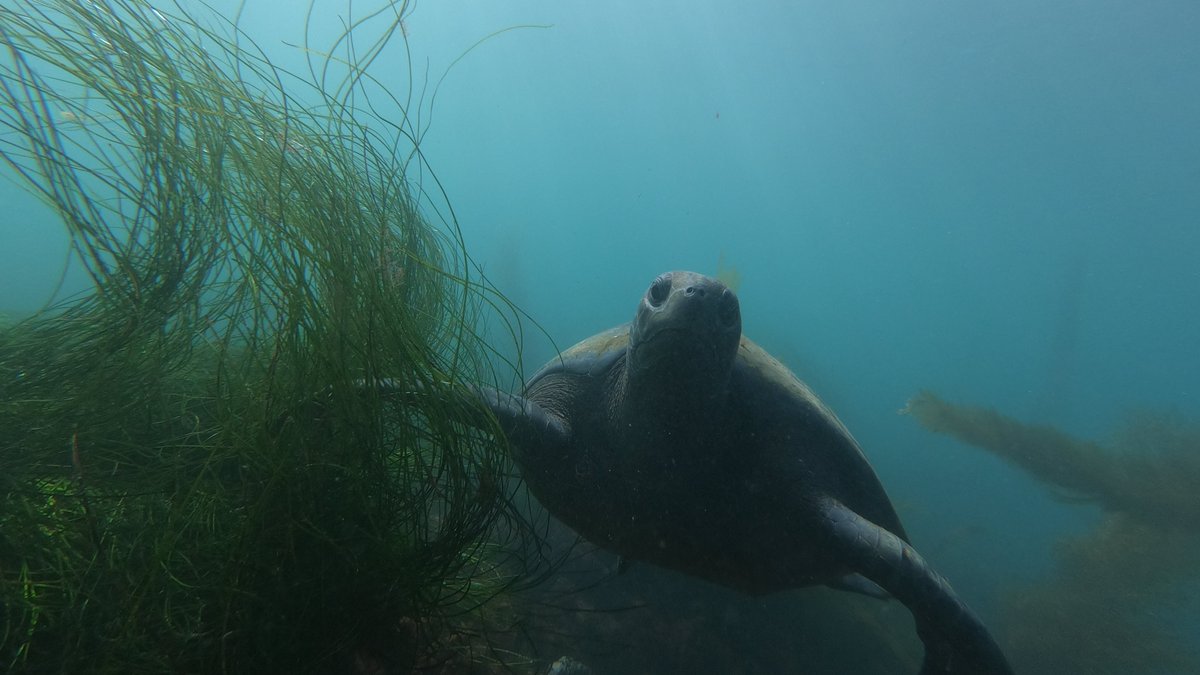
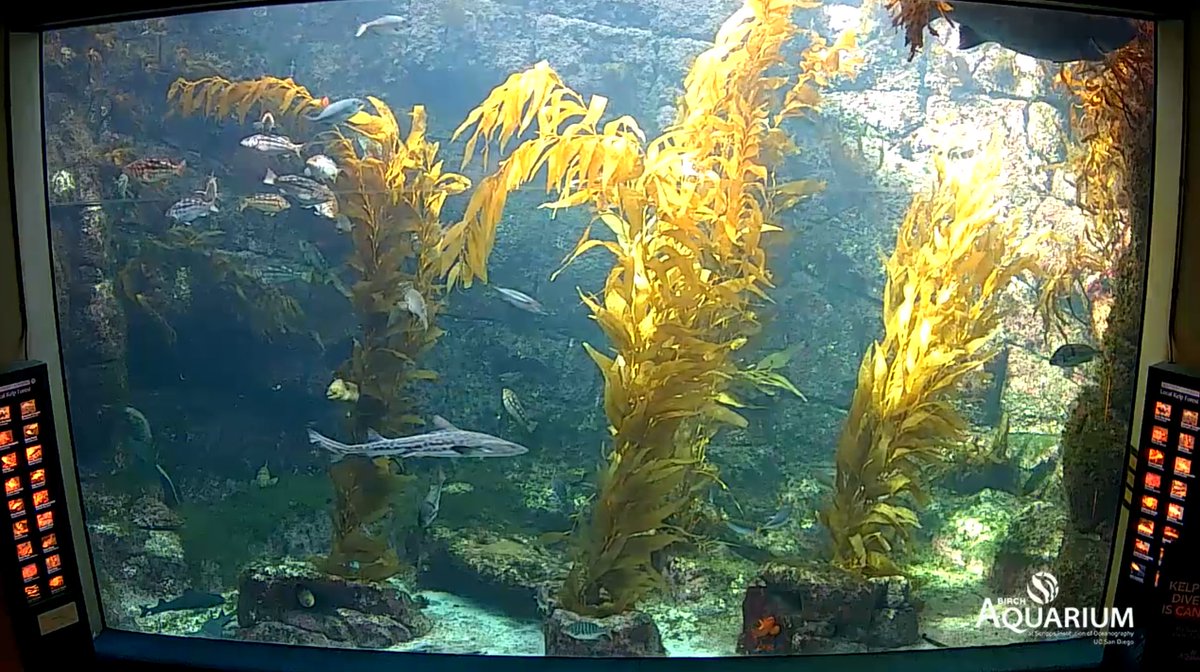
 So how many are there? Over 440! https://abs.twimg.com/emoji/v2/... draggable="false" alt="🤯" title="Exploding head" aria-label="Emoji: Exploding head"> From this small brown #catshark..." title="In today& #39;s #CreatureFeature, we& #39;re discussing the number of known shark species. https://abs.twimg.com/emoji/v2/... draggable="false" alt="🦈" title="Shark" aria-label="Emoji: Shark"> So how many are there? Over 440! https://abs.twimg.com/emoji/v2/... draggable="false" alt="🤯" title="Exploding head" aria-label="Emoji: Exploding head"> From this small brown #catshark..." class="img-responsive" style="max-width:100%;"/>
So how many are there? Over 440! https://abs.twimg.com/emoji/v2/... draggable="false" alt="🤯" title="Exploding head" aria-label="Emoji: Exploding head"> From this small brown #catshark..." title="In today& #39;s #CreatureFeature, we& #39;re discussing the number of known shark species. https://abs.twimg.com/emoji/v2/... draggable="false" alt="🦈" title="Shark" aria-label="Emoji: Shark"> So how many are there? Over 440! https://abs.twimg.com/emoji/v2/... draggable="false" alt="🤯" title="Exploding head" aria-label="Emoji: Exploding head"> From this small brown #catshark..." class="img-responsive" style="max-width:100%;"/>
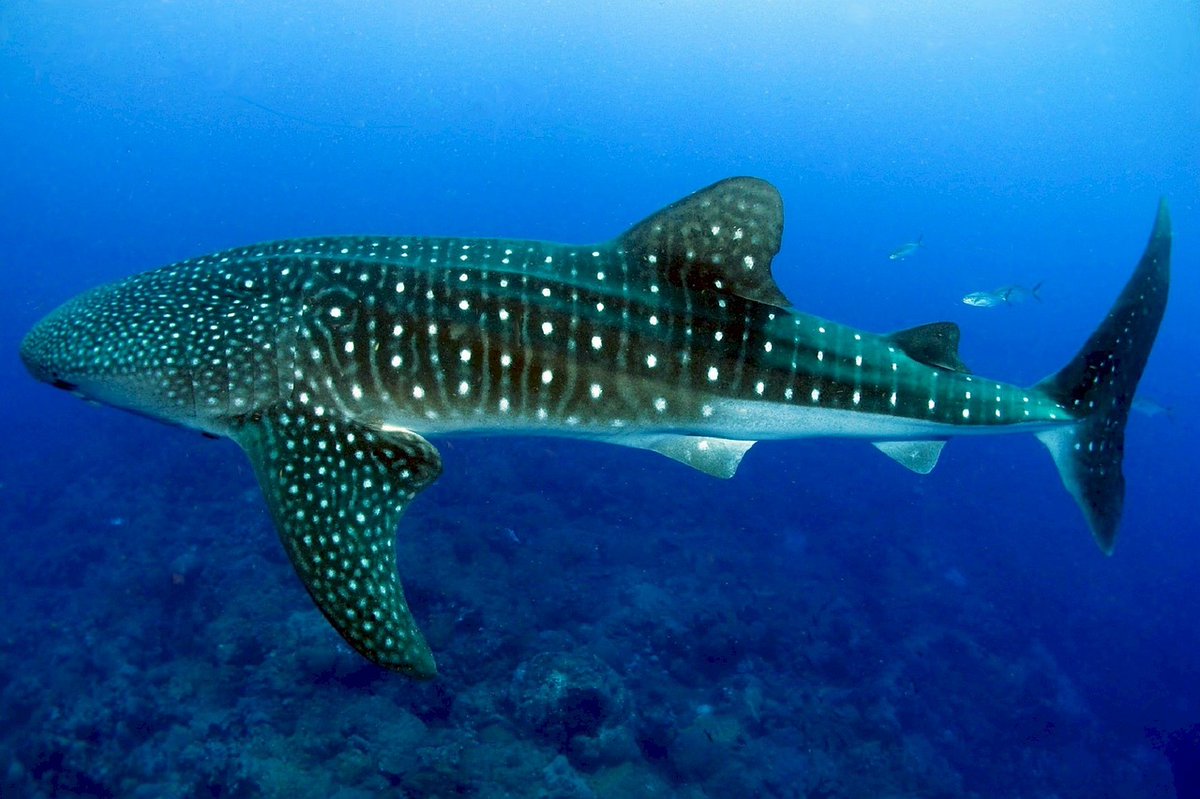
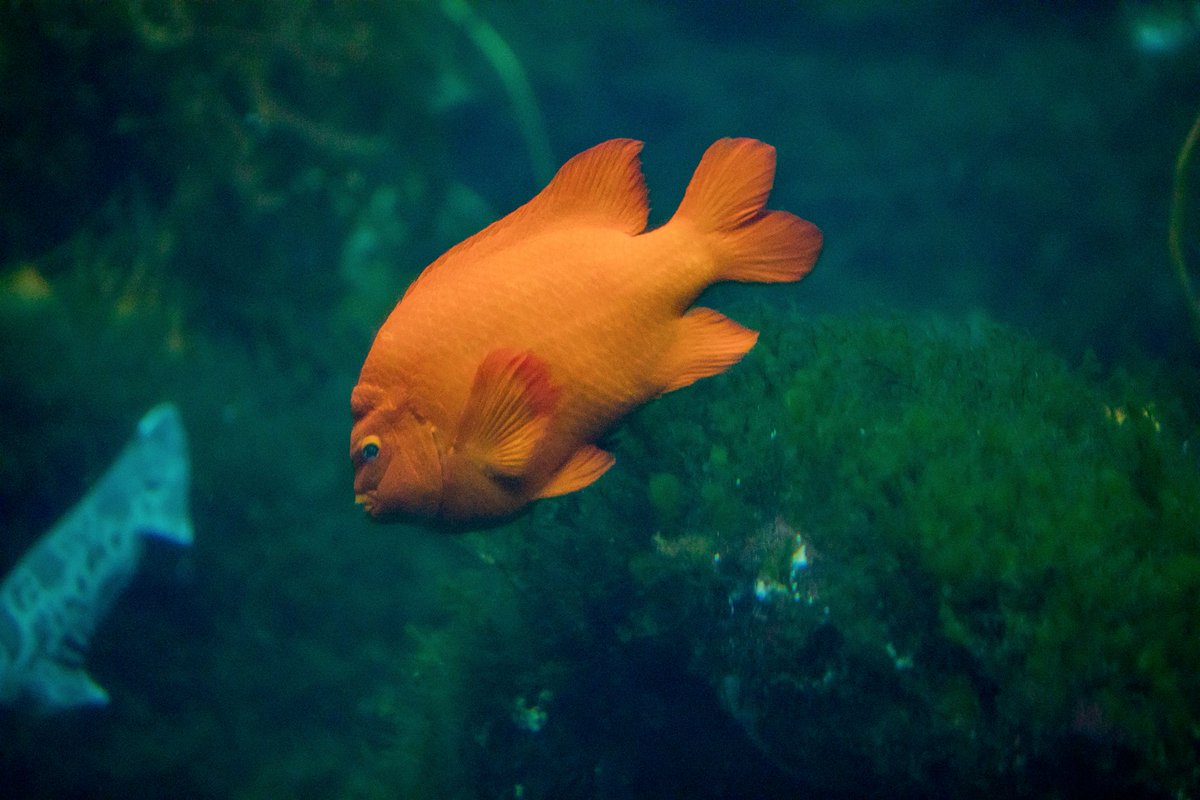
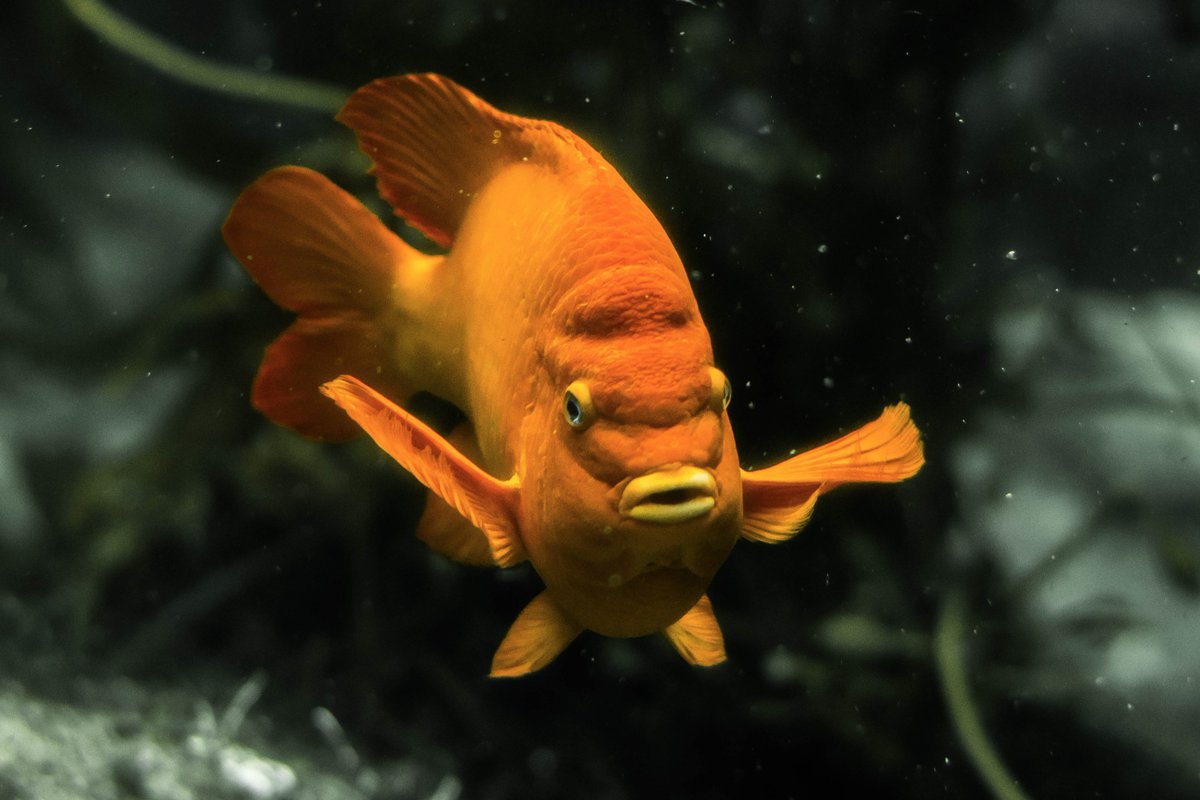 These fish are highly territorial, and the males will boldly attack much larger fish (and even humans!) to protect their nesting sites. #CreatureFeature" title="Garibaldi get their name from an Italian leader whose army wore brightly colored reds and oranges into battle. https://abs.twimg.com/emoji/v2/... draggable="false" alt="🔶" title="Large orange diamond" aria-label="Emoji: Large orange diamond"> These fish are highly territorial, and the males will boldly attack much larger fish (and even humans!) to protect their nesting sites. #CreatureFeature" class="img-responsive" style="max-width:100%;"/>
These fish are highly territorial, and the males will boldly attack much larger fish (and even humans!) to protect their nesting sites. #CreatureFeature" title="Garibaldi get their name from an Italian leader whose army wore brightly colored reds and oranges into battle. https://abs.twimg.com/emoji/v2/... draggable="false" alt="🔶" title="Large orange diamond" aria-label="Emoji: Large orange diamond"> These fish are highly territorial, and the males will boldly attack much larger fish (and even humans!) to protect their nesting sites. #CreatureFeature" class="img-responsive" style="max-width:100%;"/>

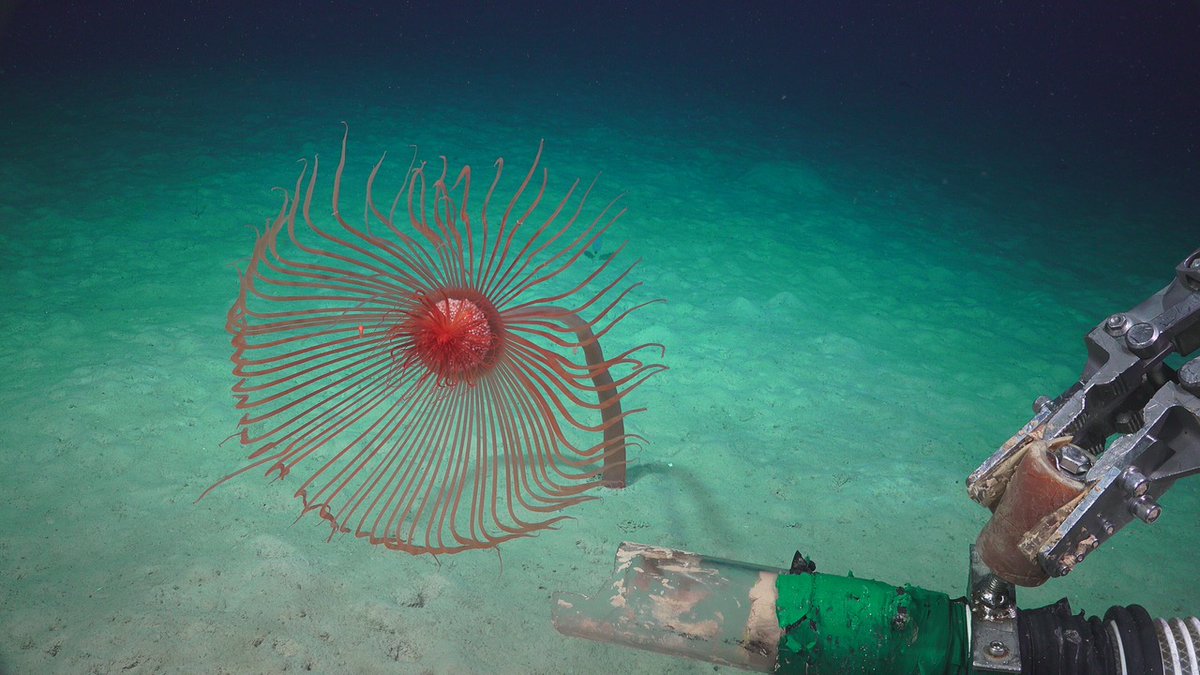
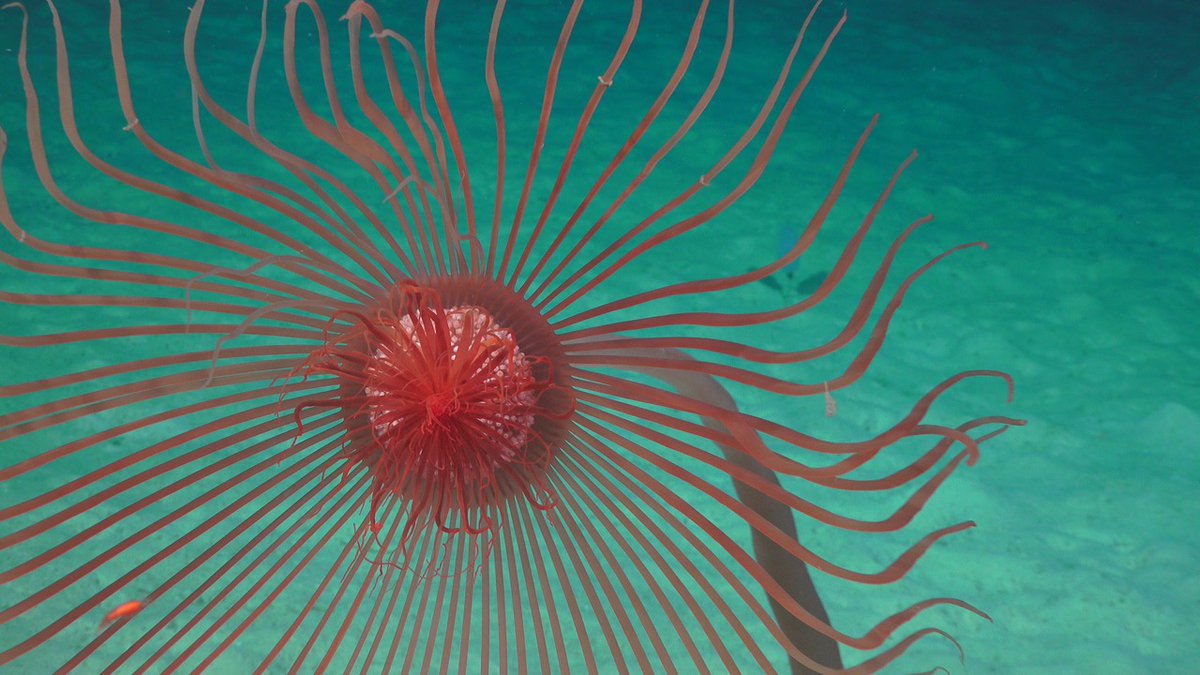
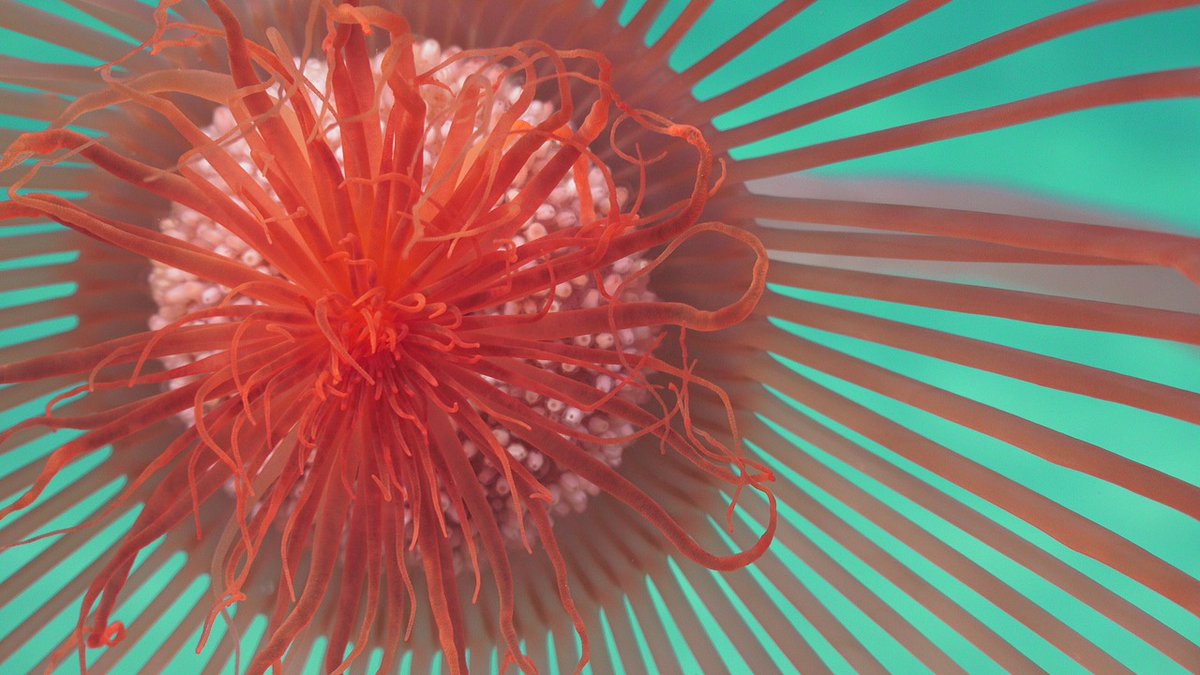

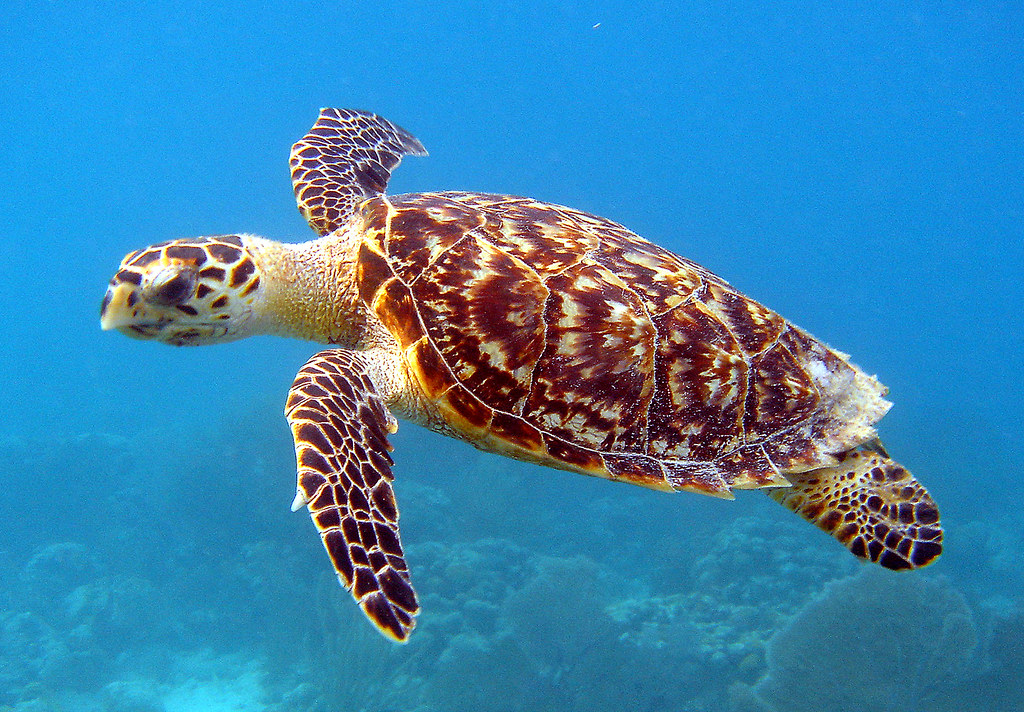 https://abs.twimg.com/emoji/v2/... draggable="false" alt="🐢" title="Turtle" aria-label="Emoji: Turtle">" title="Today& #39;s #CreatureFeature focuses on #SeaTurtles! These reptiles of the sea can be found in all oceans except for the polar regions. There are seven species of sea turtles: green, leatherback, loggerhead, Kemp& #39;s ridley, olive ridley, hawksbill (pictured here), and flatback. https://abs.twimg.com/emoji/v2/... draggable="false" alt="🌊" title="Water wave" aria-label="Emoji: Water wave">https://abs.twimg.com/emoji/v2/... draggable="false" alt="🐢" title="Turtle" aria-label="Emoji: Turtle">" class="img-responsive" style="max-width:100%;"/>
https://abs.twimg.com/emoji/v2/... draggable="false" alt="🐢" title="Turtle" aria-label="Emoji: Turtle">" title="Today& #39;s #CreatureFeature focuses on #SeaTurtles! These reptiles of the sea can be found in all oceans except for the polar regions. There are seven species of sea turtles: green, leatherback, loggerhead, Kemp& #39;s ridley, olive ridley, hawksbill (pictured here), and flatback. https://abs.twimg.com/emoji/v2/... draggable="false" alt="🌊" title="Water wave" aria-label="Emoji: Water wave">https://abs.twimg.com/emoji/v2/... draggable="false" alt="🐢" title="Turtle" aria-label="Emoji: Turtle">" class="img-responsive" style="max-width:100%;"/>
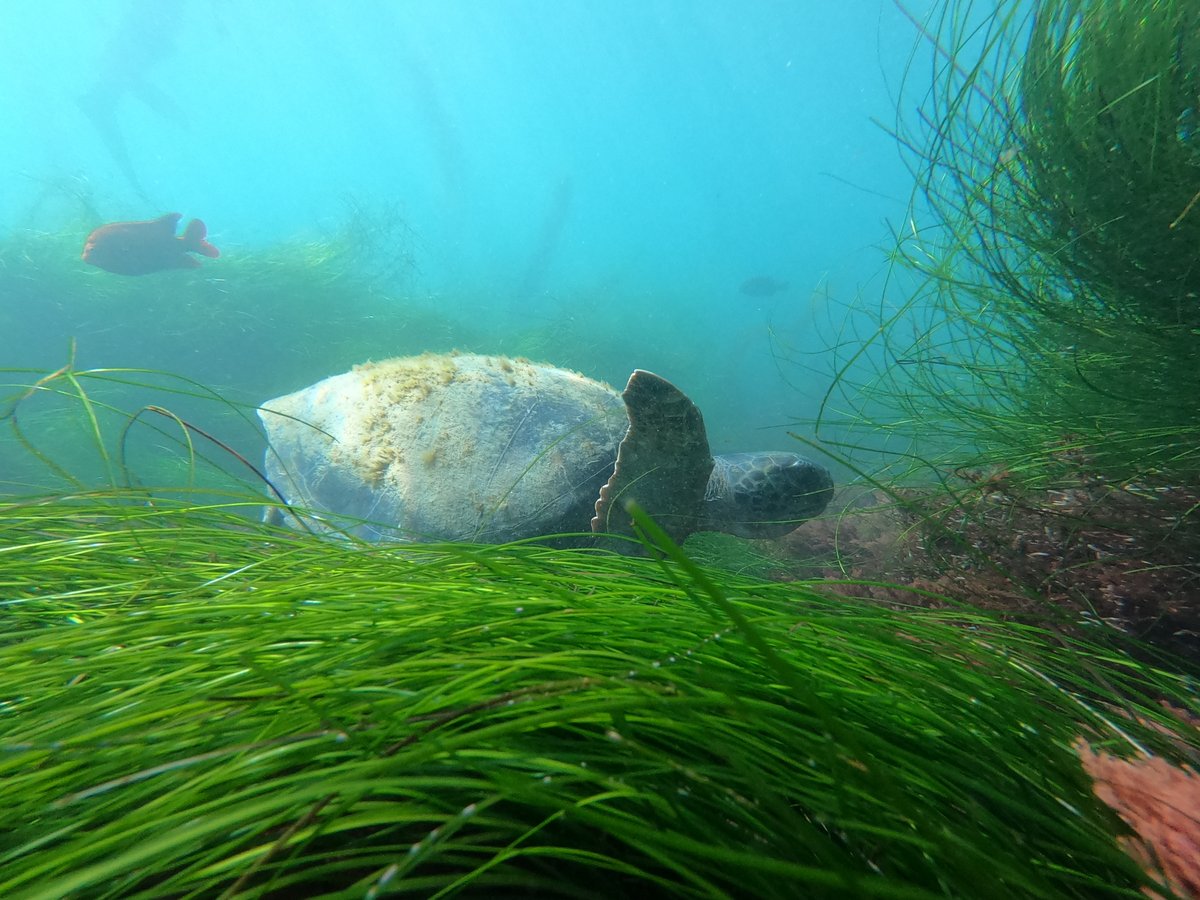

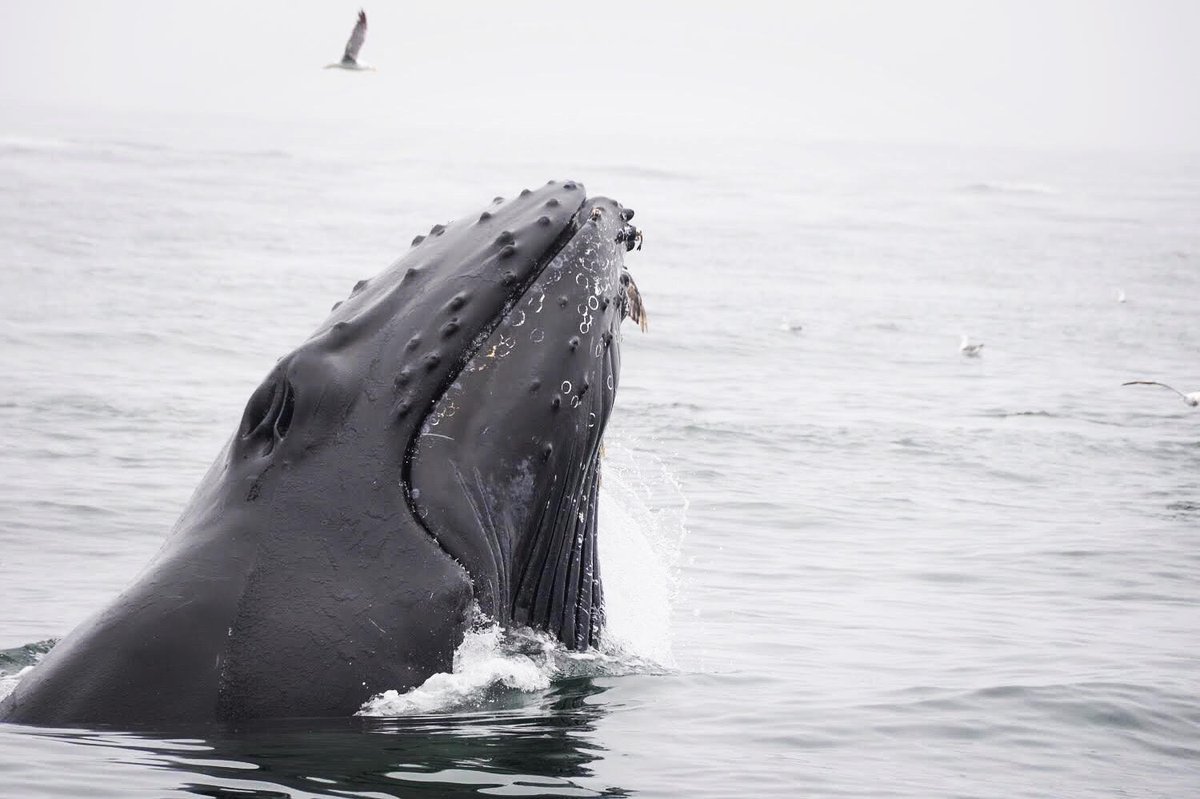
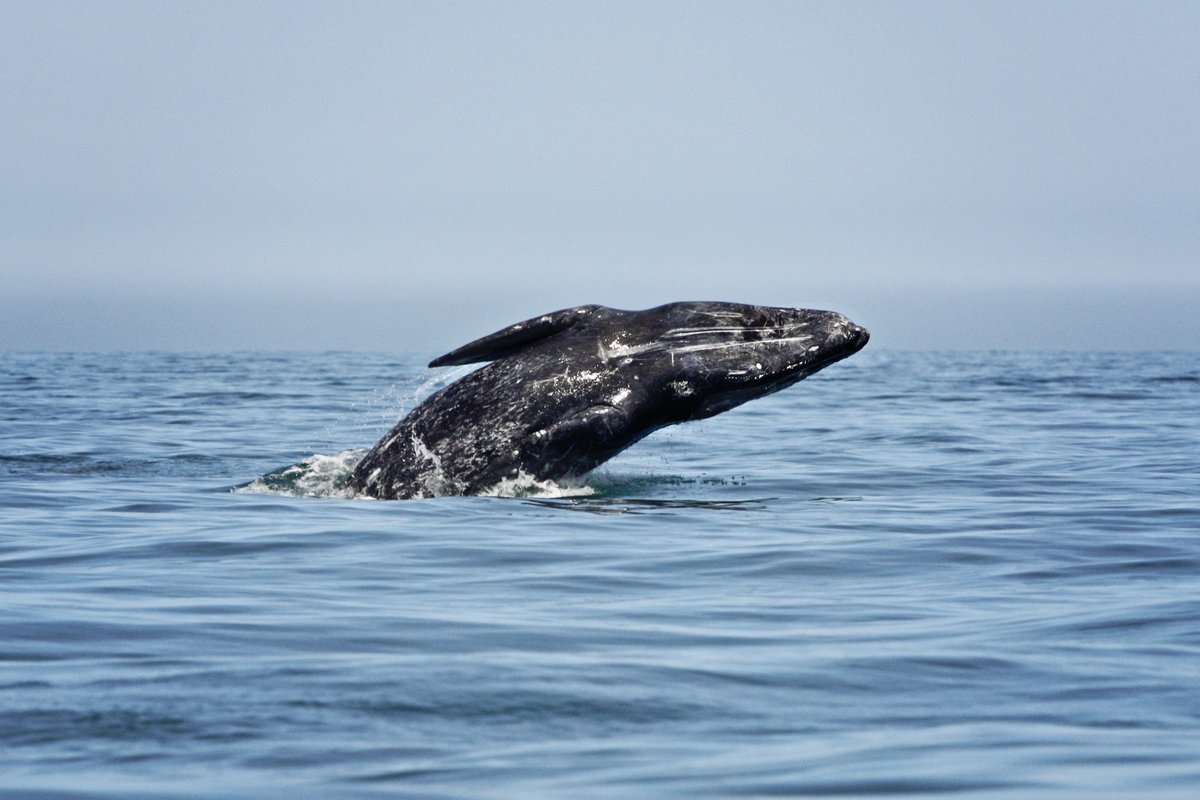
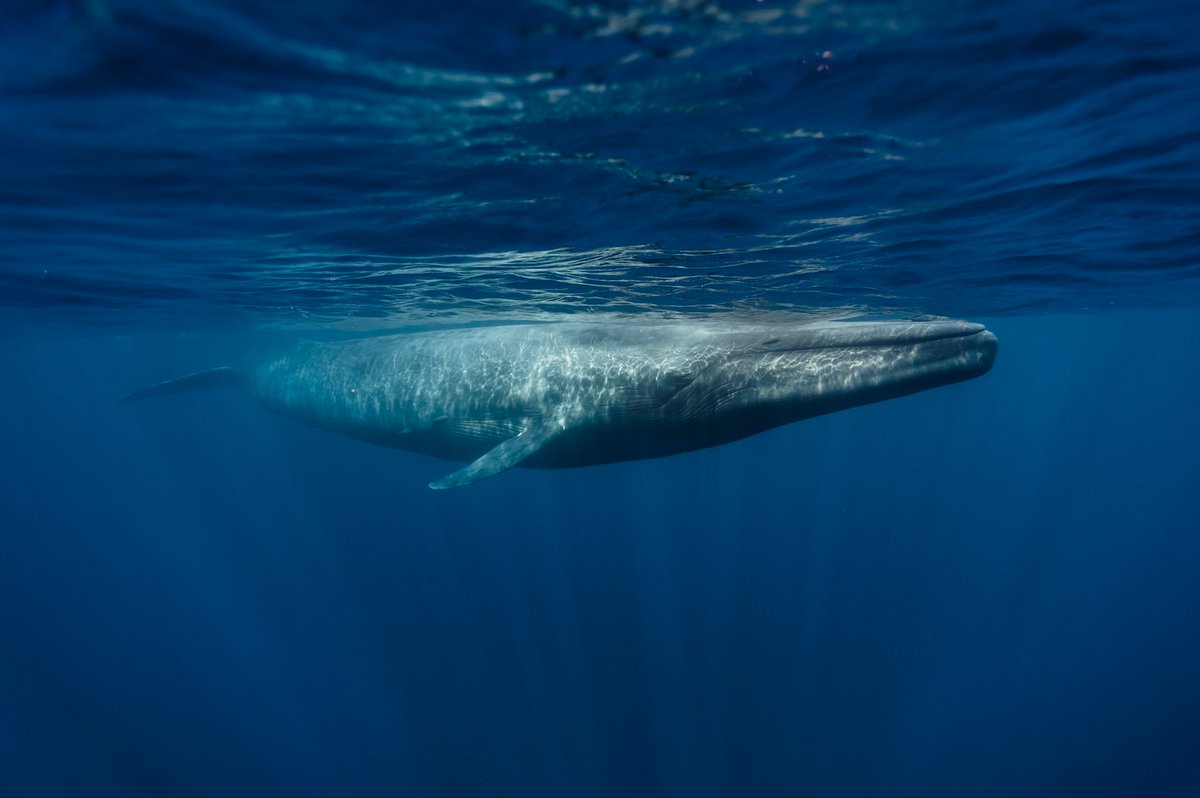
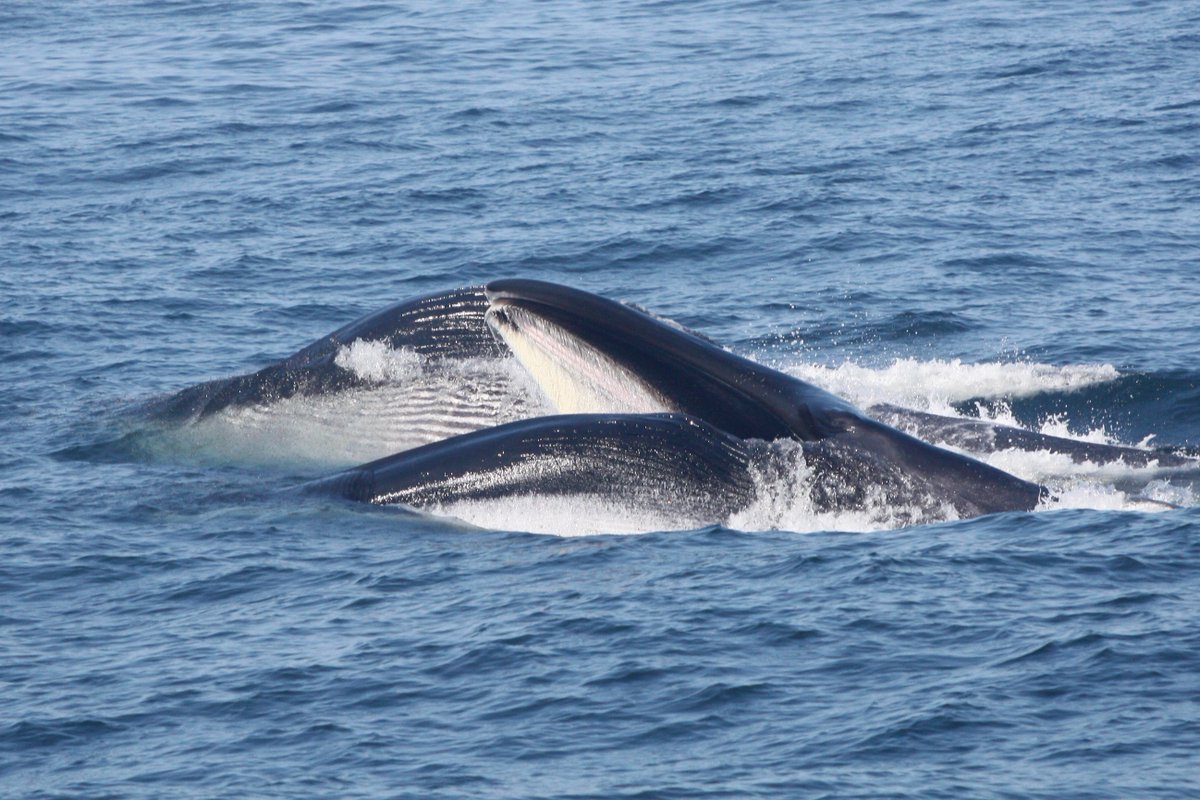
 We want to see your finished masterpiece! Tag #BirchAquarium #ColoringWithBirchAquarium https://abs.twimg.com/emoji/v2/... draggable="false" alt="🎨" title="Artist palette" aria-label="Emoji: Artist palette">" title="Still feeling inspired by whales? Get creative with one of @Birch_Aquarium& #39;s new coloring sheets, including this whales of #SanDiego sheet. Download here: https://bit.ly/BAScolori... https://abs.twimg.com/emoji/v2/... draggable="false" alt="🐋" title="Whale" aria-label="Emoji: Whale">We want to see your finished masterpiece! Tag #BirchAquarium #ColoringWithBirchAquarium https://abs.twimg.com/emoji/v2/... draggable="false" alt="🎨" title="Artist palette" aria-label="Emoji: Artist palette">" class="img-responsive" style="max-width:100%;"/>
We want to see your finished masterpiece! Tag #BirchAquarium #ColoringWithBirchAquarium https://abs.twimg.com/emoji/v2/... draggable="false" alt="🎨" title="Artist palette" aria-label="Emoji: Artist palette">" title="Still feeling inspired by whales? Get creative with one of @Birch_Aquarium& #39;s new coloring sheets, including this whales of #SanDiego sheet. Download here: https://bit.ly/BAScolori... https://abs.twimg.com/emoji/v2/... draggable="false" alt="🐋" title="Whale" aria-label="Emoji: Whale">We want to see your finished masterpiece! Tag #BirchAquarium #ColoringWithBirchAquarium https://abs.twimg.com/emoji/v2/... draggable="false" alt="🎨" title="Artist palette" aria-label="Emoji: Artist palette">" class="img-responsive" style="max-width:100%;"/>
